This easy Peanut Sauce Recipe transforms a bowl of noodles or rice into a flavorful main dish that will make you feel like you’ve ordered takeout—without leaving home! It’s easy to make in minutes and stores well so you never have to worry about waste.
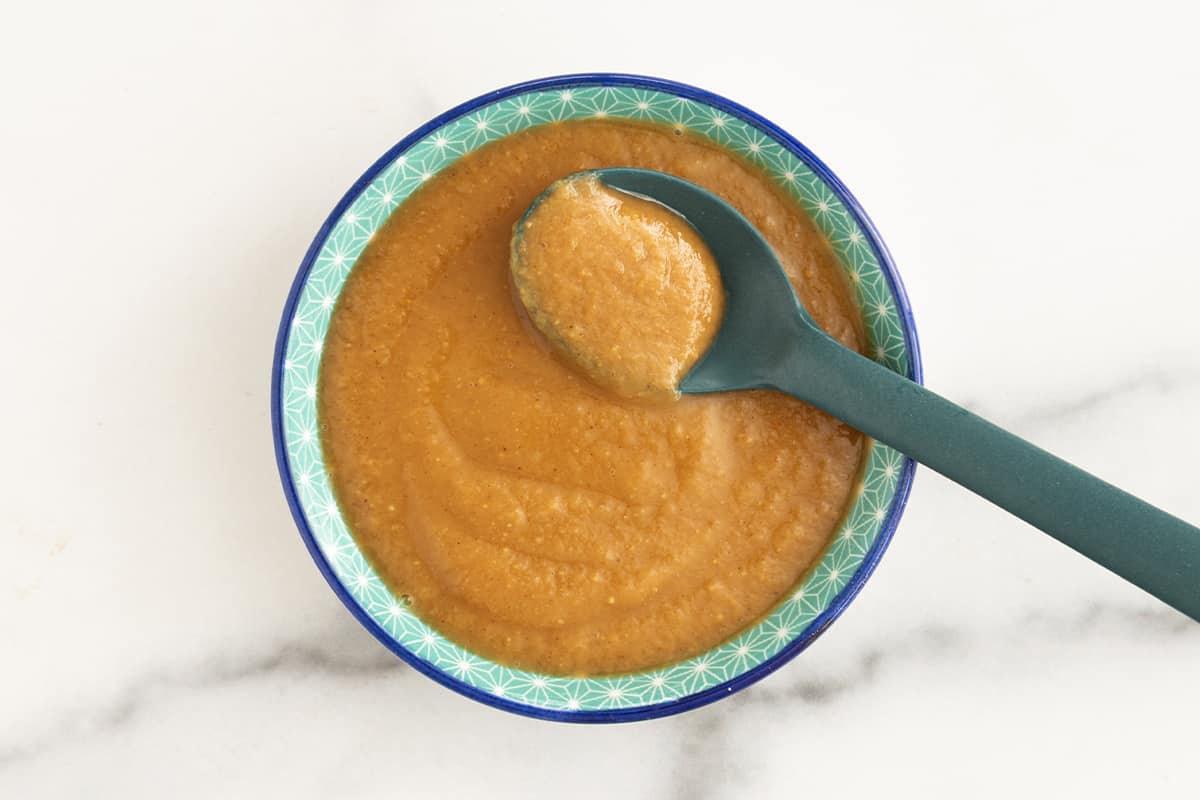
Easy Peanut Sauce
This sauce is one of my go-to toppings to dress up basic ingredients from chicken and shrimp to grains and noodles. It is easy to make ahead, stores well in the fridge, and instantly makes a plain dinner taste impressively delicious.
And, all you need to do is to stir the ingredients together!
I find this easy to adjust for my family’s preferences and you can even make it peanut-free, if needed, for an allergy. Make sure to look at the notes at the end of the recipe for all of the tips. (See all of my favorite dips and sauces for more ideas, too.)
Your toddler won’t eat? Help is here!
Sign up for our email updates to get tips and ideas sent to your inbox.
Ingredients You Need
To make this easy peanut sauce you’ll need to have the following ingredients on hand and ready to go.
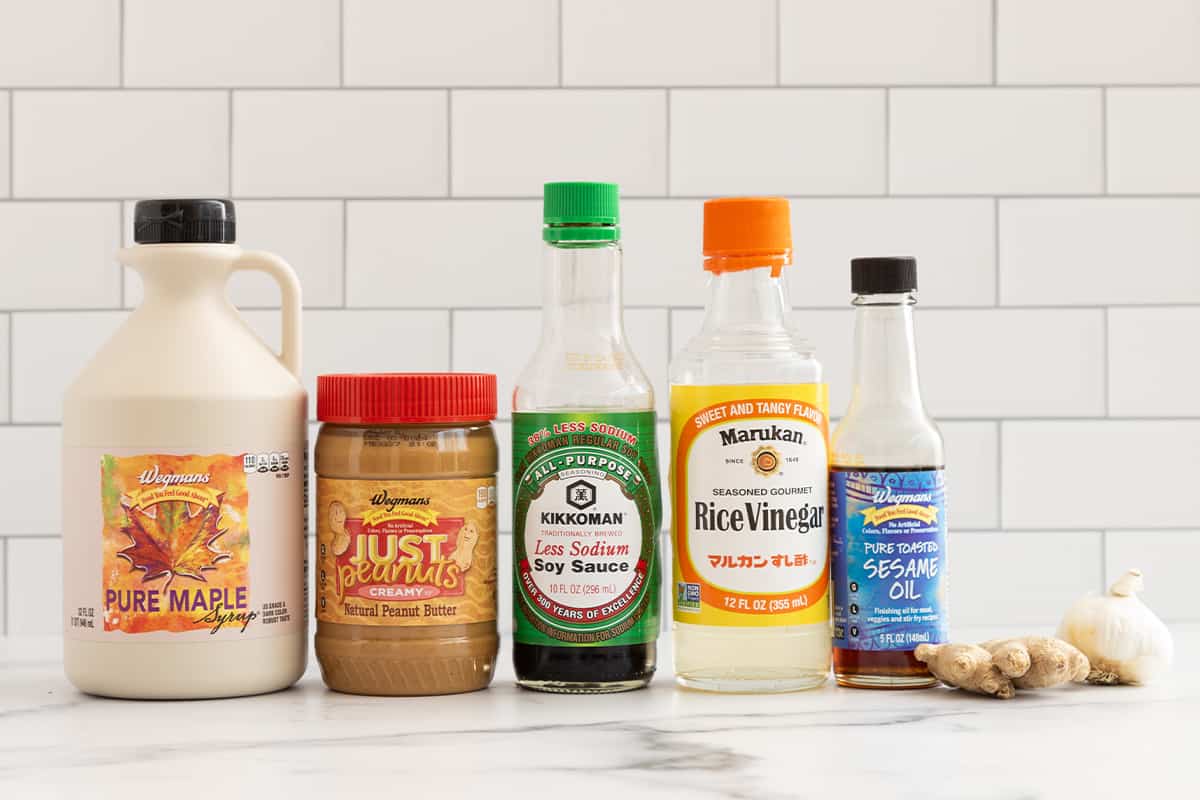
- Sesame oil (toasted if possible): This oil adds deep flavor, so I love using it in this sauce recipe.
- Rice vinegar: Rice vinegar adds acidity to the sauce, helping to balance the rest of the flavors. If you do not have this or cannot find it, you can use a little lime juice instead.
- Soy sauce: Soy sauce adds a load of rich flavor, and I prefer to use reduced-sodium so it’s not quite as salty. If you need this to be gluten-free, you can use tamari, which has a very similar flavor.
- Maple syrup: A little maple syrup in the peanut sauce adds sweetness that pairs really nicely with the rest of the ingredients. You can also use honey for kids over 12 months old.
- Creamy peanut butter: I keep unsweetened natural-style peanut butter in my kitchen since I love that flavor and it’s easy to stir into the peanut sauce recipe. You can use any type of peanut butter you prefer, but if yours is sweetened, you can probably omit the maple syrup in the recipe.
- Ground or fresh ginger: Grating ginger (I keep mine in the freezer to make this easier) or adding ground dried ginger adds a pop of flavor that is really pleasant in the mix.
- Fresh garlic: I grate fresh garlic into the sauce with a microplane. You can use ground garlic powder if you prefer.
TIP: These ingredients keep in the pantry for months, so if you don’t often use one of the Asian ingredients, you will have plenty of time to try them in new recipes!
Step-by-Step Instructions
Here’s a look at the simple process involved in making this sauce. Scroll down to the end of the post for the full amounts and timing.
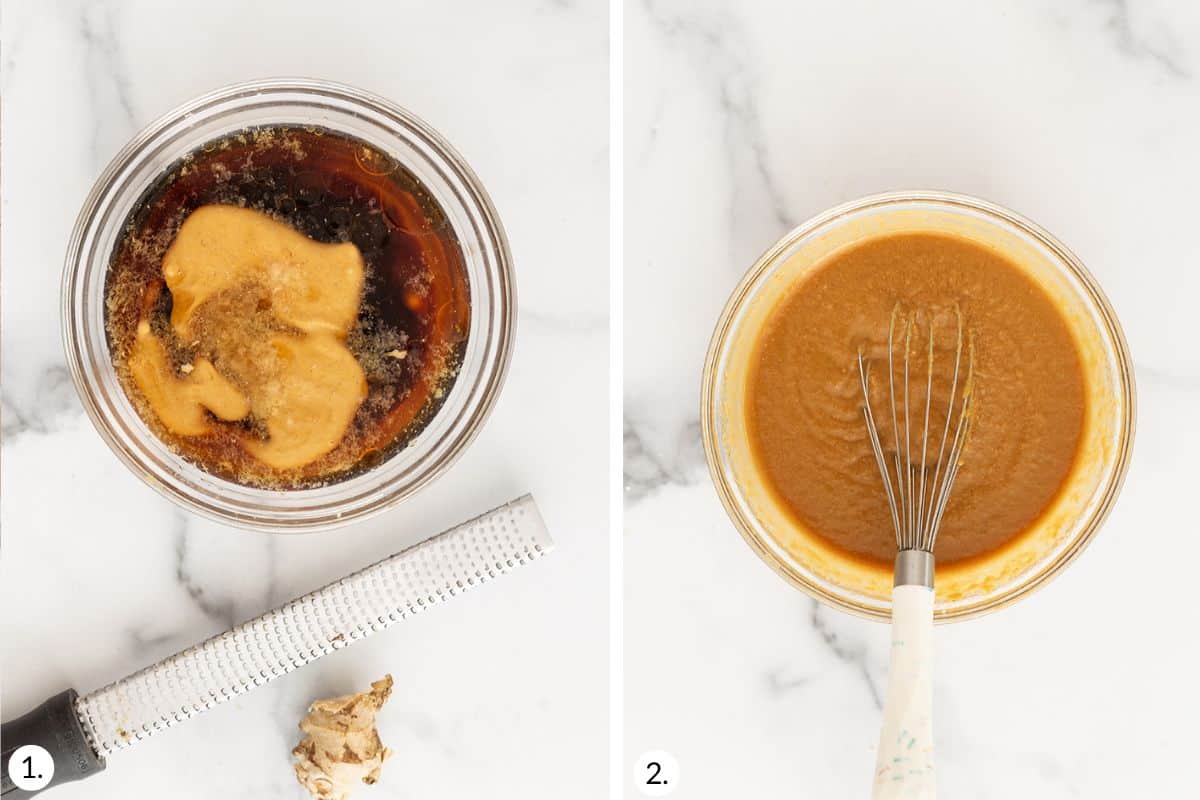
- Grate the garlic on a fine microplane.
- Add it to a medium bowl with the rest of the ingredients.
- Stir and keep stirring. It will look clumpy and not so great at first, but just keep stirring!
- Once it starts to come together into a smooth sauce, add a little more water if needed to thin it out—this may depend on what you plan to do with the peanut sauce.
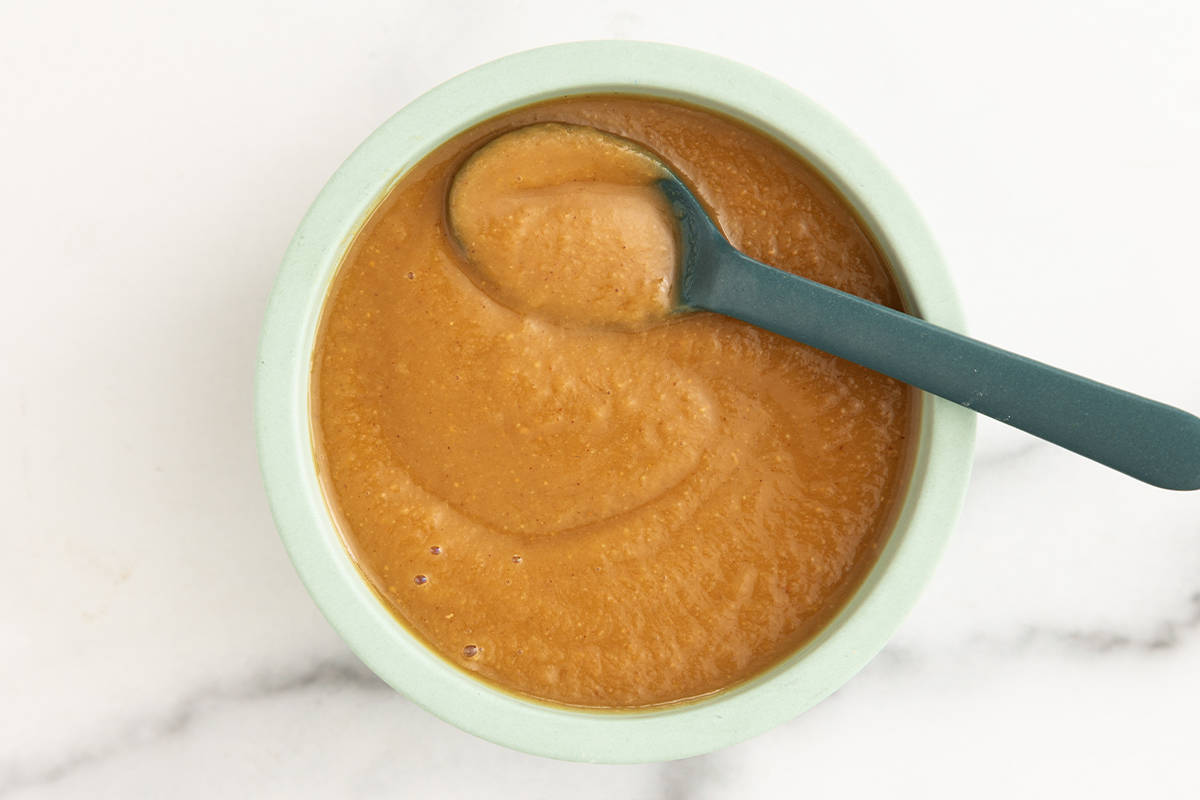
Serving Suggestions
We love peanut sauce with Rice Noodle Salad, Sesame Tofu, over chicken, over rice, or even over shredded cabbage salad. It’s mild and versatile and a great sauce to keep in the fridge to liven up basic ingredients like grains, poultry, fish, and veggies.
How to Store
You can store this sauce in an airtight container like a mason jar for up to 5 days. It does thicken as it sits in the fridge, so you may want or need to stir in a little water to get it to the desired consistency—thinner if you plan to drizzle it is likely better!
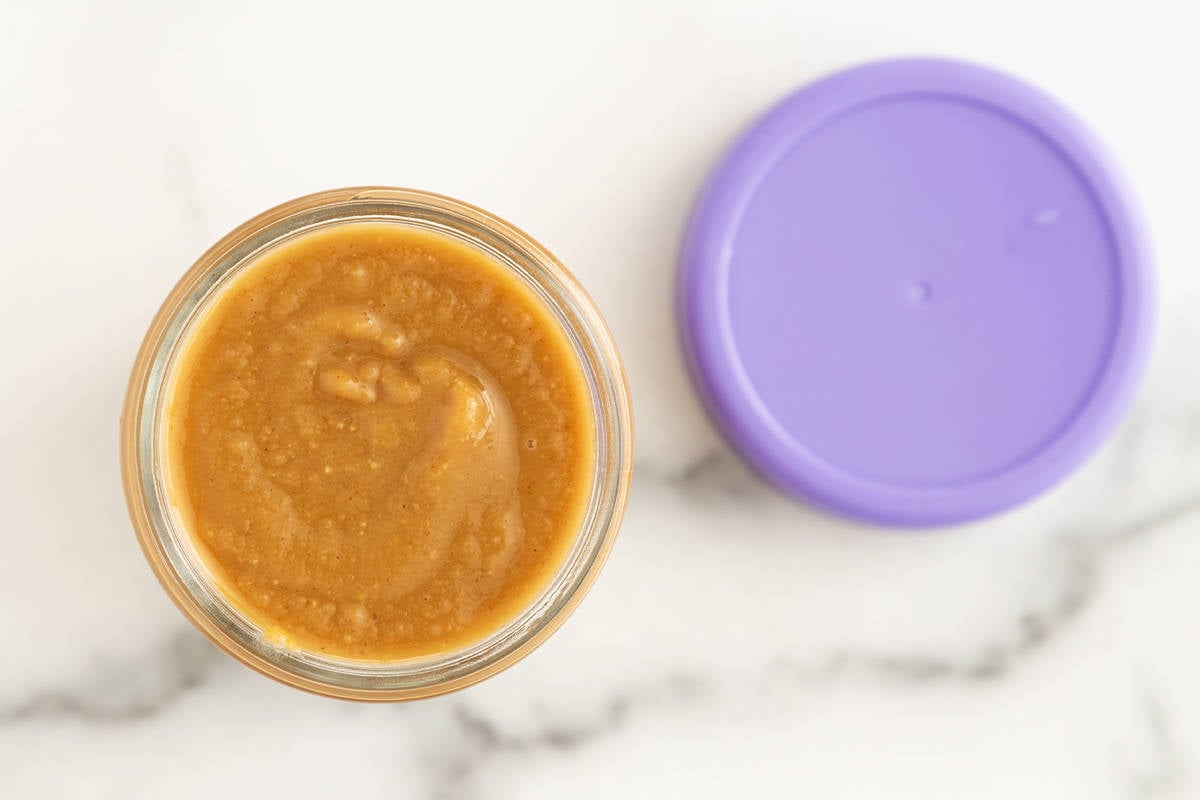
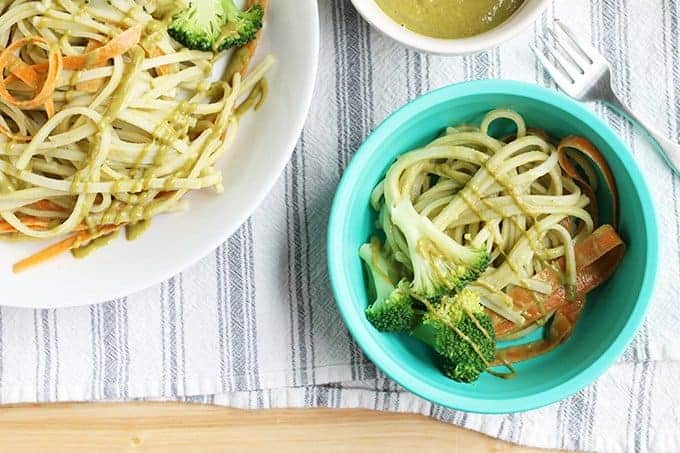
Best Tips for Success
- Stir the sauce together until it’s well-combined.
- Use the blender to make the sauce and throw in a handful of spinach or kale to add nutrients.
- Thin with water as needed—add water and stir until it’s totally incorporated—if it’s too thick to easily drizzle over food. It will firm up a bit when stored in the fridge so you may need to thin it out before using if you make it ahead or have leftovers.
- You can store a knob of fresh ginger in a freezer bag in the freezer and grate it (still frozen) into the bowl.
- It would be delicious with spring rolls, shrimp, chicken tenders, or really any steamed veggie. (My kids have even been known to dip scrambled eggs into it, oddly enough!)
- Use Sunbutter or almond butter as needed/desired to make this peanut-free.
Related Recipes
Please comment below with feedback if you try the recipe. I’d love to hear what your family thinks!
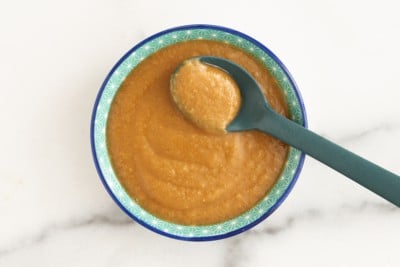
Easy Peanut Sauce
Ingredients
- ⅔ cup creamy unsweetened peanut butter
- ⅓ cup brown rice vinegar
- ⅓ cup water
- ¼ cup maple syrup
- 2 tablespoons reduced-sodium soy sauce (or tamari)
- 1 tablespoon toasted sesame oil
- ½ teaspoon ground ginger (or 1-inch grated fresh ginger)
- 1 clove garlic (grated on a microplane or ¼ teaspoon ground garlic powder)
Instructions
- Add all ingredients to a medium bowl. Stir until the sauce is a uniformly creamy consistency, which may take 30-60 seconds. Keep stirring if it looks separated or chunky—it will come together, I promise!
- Serve tossed with noodles or shredded Napa cabbage, drizzled over chicken or shrimp, or as a dipping sauce for steamed veggies.
- Store in an airtight container in the fridge for 3-5 days.
Equipment
Notes
- Stir the sauce together until it’s well-combined.
- Use the blender to make the sauce and throw in a handful of spinach or kale to add nutrients.
- Thin with water as needed—add water and stir until it’s totally incorporated—if it’s too thick to easily drizzle over food. It will firm up a bit when stored in the fridge so you may need to thin it out before using if you make it ahead or have leftovers.
- You can store a knob of fresh ginger in a freezer bag in the freezer and grate it (still frozen) into the bowl.
- Use Sunbutter or almond butter as needed/desired.
Nutrition
This post was first published April 2019.
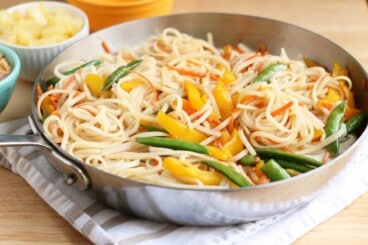
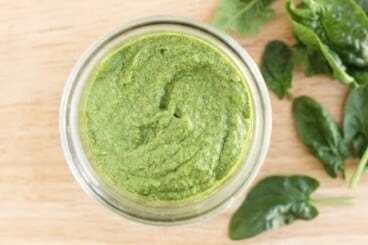
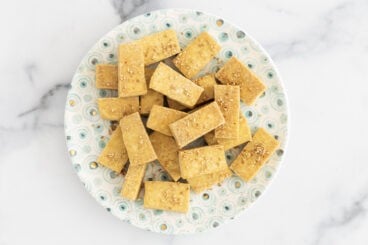
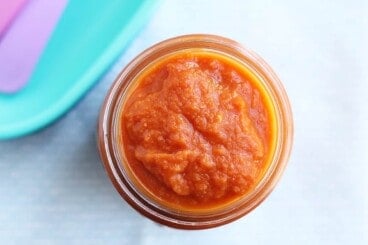
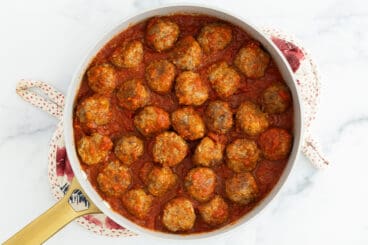
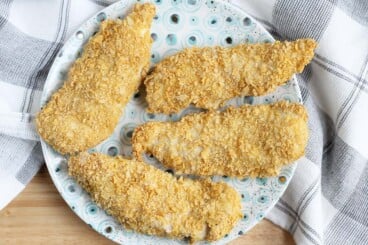
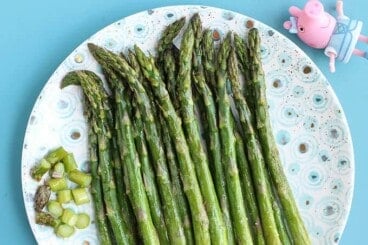
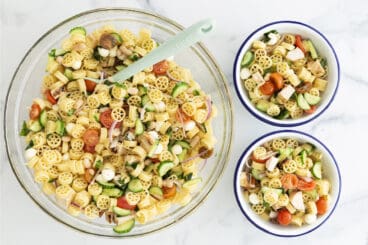
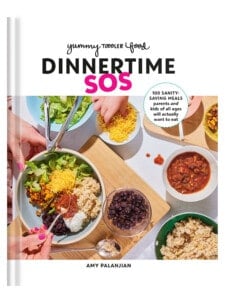
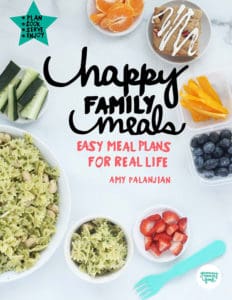

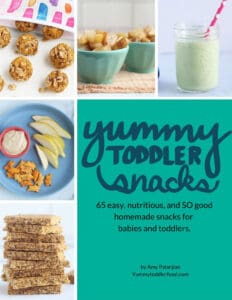














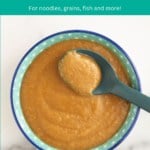
What would you substitute for the sesame oil?
You can omit it and add a smidge more soy sauce.
What can you substitute the brown rice vinegar with?
I haven’t made it without that ingredient, but I suppose you can omit it and add more lime juice to taste.
I want to drink this sauce!! So good. I often use garlic powder instead of grating fresh garlic and I think it works fine. Thanks for such a yummy easy recipe!
This is so addicting!!
Such a good recipe
This sauce is great! My kids (9, 6, 5 years) loved it, as well as mom and dad ;). I have used it with a quinoa salad ), chicken nuggets, and raw veggies (with cold sauce). Delicious!
Any suggestions for sesame oil substitute? Daughter has an allergy.
I would just leave it out.
I just made this and it was delicious thank you!
Can you use this sauce to stir fry as well or is it just for dipping/used as dressing?
Thank you!
you can totally use it with a stir fry. It’s better added at the end of cooking though, not used as a cooking liquid.
What would you suggest as a substitute if I can’t find brown rice vinegar?
You could use a little lime juice
For the creamy PB, should it have salt in it? Sugar in it? Or can it be peanut only?
I use Smuckers natural or Teddies, which are just peanuts and salt.
Can you freeze this sauce?
Yes! In an airtight container for up to 3 months.